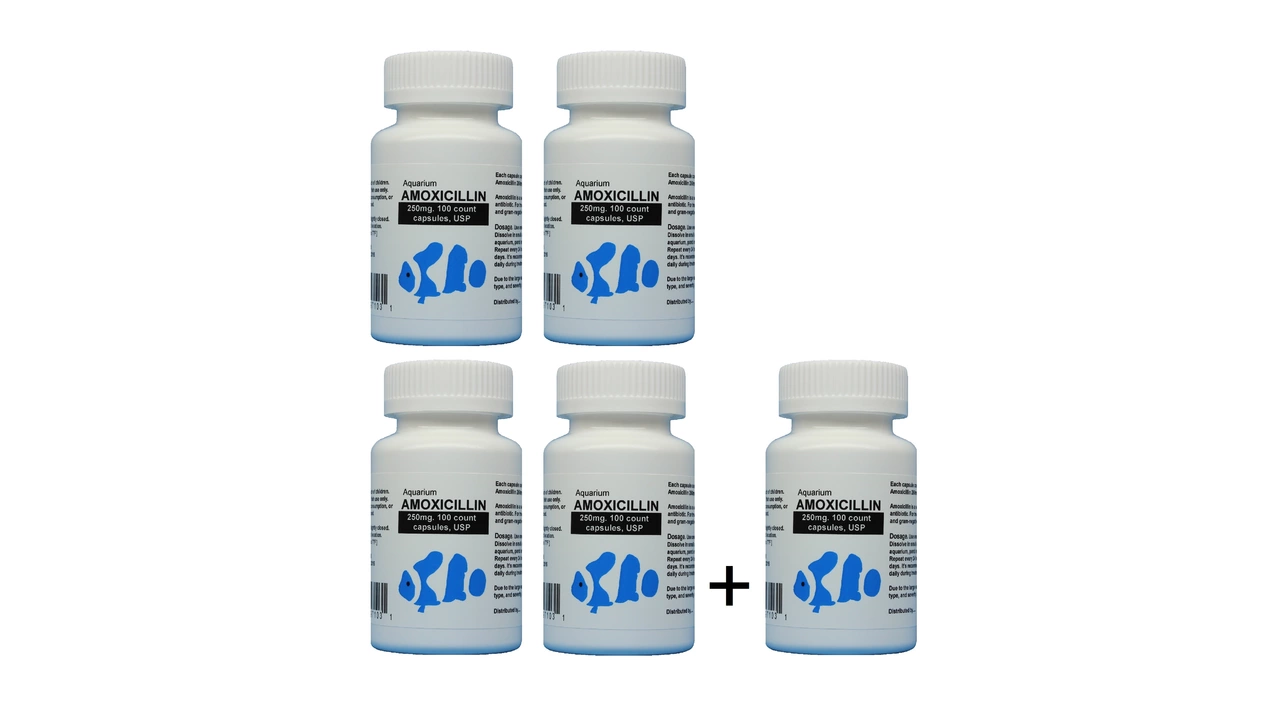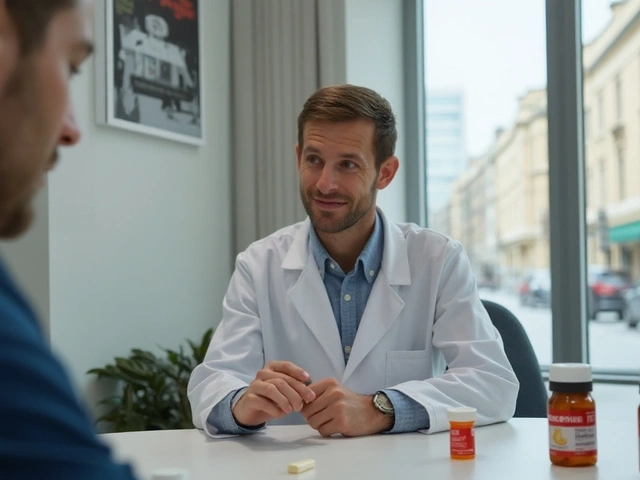Introduction to Brucellosis and Ampicillin
As a blogger with a keen interest in health and wellness, I have come across a range of topics that are relevant to our daily lives. One such topic is Brucellosis, a bacterial infection that affects both humans and animals. In this article, I will be focusing on the use of Ampicillin for the treatment of Brucellosis. This comprehensive guide will provide you with all the necessary information about this antibiotic, its effectiveness in treating Brucellosis, and other important details you need to know.
Understanding Brucellosis: Causes, Symptoms, and Diagnosis
Before we delve deeper into the use of Ampicillin for the treatment of Brucellosis, it is important to understand the causes, symptoms, and diagnosis of this disease. Brucellosis is caused by bacteria belonging to the genus Brucella. These bacteria can infect various animals, such as cattle, goats, and pigs, and can be transmitted to humans through consumption of contaminated animal products or direct contact with infected animals.
Some of the common symptoms of Brucellosis in humans include fever, chills, sweats, weakness, fatigue, joint and muscle pain, and swelling of the liver or spleen. In severe cases, the infection can also affect the reproductive system, resulting in miscarriage or infertility. Brucellosis can be diagnosed through blood tests, which can detect the presence of Brucella bacteria or antibodies against them.
What is Ampicillin and How Does It Work?
Ampicillin is a broad-spectrum antibiotic belonging to the penicillin group of antibiotics. It works by inhibiting the synthesis of bacterial cell walls, ultimately leading to the death of the bacteria. This makes Ampicillin an effective option for treating a variety of bacterial infections, including Brucellosis. However, it is essential to note that Ampicillin is effective only against bacteria and will not work for viral infections.
Using Ampicillin for the Treatment of Brucellosis
When it comes to treating Brucellosis with Ampicillin, it is crucial to follow the prescribed dosage and duration of treatment provided by your healthcare professional. Typically, the dosage of Ampicillin for treating Brucellosis in adults ranges from 2 to 4 grams per day, divided into equal doses and taken every 6 hours. The duration of treatment may vary depending on the severity of the infection and the patient's response to the medication.
It is important to take Ampicillin on an empty stomach, as food can interfere with its absorption. Make sure to complete the entire course of treatment, even if you start feeling better before the medication is finished. Stopping the treatment prematurely can lead to a relapse of the infection or the development of antibiotic-resistant bacteria.
Potential Side Effects of Ampicillin
As with any medication, there are potential side effects associated with the use of Ampicillin. Some common side effects include diarrhea, nausea, vomiting, stomach pain, and rash. In most cases, these side effects are mild and will resolve on their own without any intervention.
However, in rare cases, Ampicillin may cause severe allergic reactions, characterized by difficulty breathing, swelling of the face or throat, and hives. If you experience any of these symptoms, seek immediate medical attention. Additionally, if you develop severe diarrhea, bloody stools, or signs of a new infection while taking Ampicillin, contact your healthcare professional immediately, as these may be signs of a more serious condition.
Drug Interactions to Be Aware Of
It is essential to inform your healthcare professional about all the medications you are currently taking, including prescription, over-the-counter, and herbal medications, as some drugs may interact with Ampicillin. Some common medications that may interact with Ampicillin include blood thinners, oral contraceptives, and other antibiotics.
These interactions can either decrease the effectiveness of Ampicillin, increase the risk of side effects, or cause other complications. Your healthcare professional may need to adjust your dosage or closely monitor you for side effects if you are taking any of these medications.
Precautions When Using Ampicillin
Before starting treatment with Ampicillin, it is crucial to inform your healthcare professional about any allergies you may have, especially to penicillins or other beta-lactam antibiotics. If you are allergic to any of these antibiotics, you may be at a higher risk of developing an allergic reaction to Ampicillin.
Additionally, inform your healthcare professional about your medical history, especially if you have a history of kidney disease, gastrointestinal problems, or mononucleosis. These conditions may require adjustments to your dosage or close monitoring during treatment with Ampicillin.
The Importance of Early Diagnosis and Treatment
Early diagnosis and prompt treatment of Brucellosis with antibiotics like Ampicillin are crucial in preventing complications and ensuring a full recovery. If left untreated, Brucellosis can lead to severe complications, such as arthritis, endocarditis, meningitis, and abscesses in various organs.
By seeking medical attention as soon as you suspect Brucellosis and following the prescribed treatment plan, you can significantly reduce the risk of these complications and improve your chances of a complete recovery.
Conclusion
In conclusion, Ampicillin is an effective antibiotic for the treatment of Brucellosis when used as prescribed by a healthcare professional. By understanding the causes, symptoms, and diagnosis of Brucellosis, as well as the proper use of Ampicillin, you can take the necessary steps towards a full recovery. Always remember to follow your healthcare professional's advice, and don't hesitate to reach out to them with any questions or concerns you may have regarding your treatment.







Real Strategy PR
May 5, 2023 AT 02:07